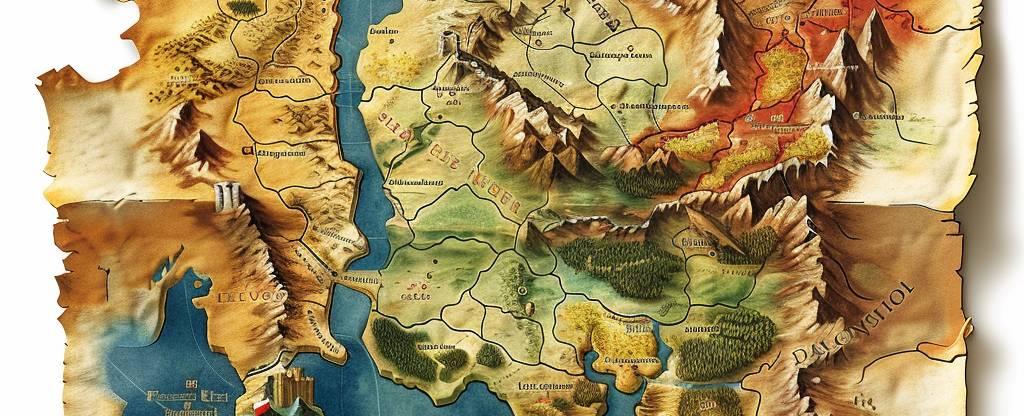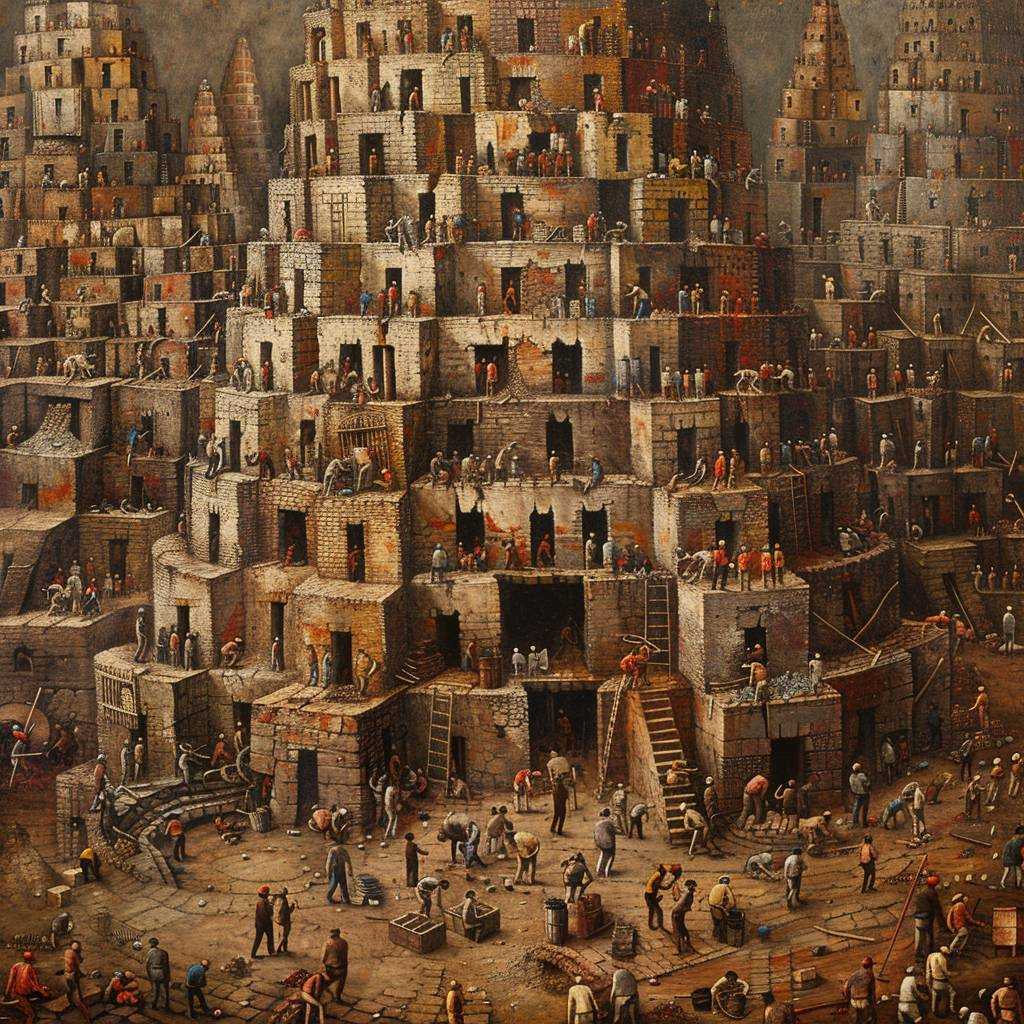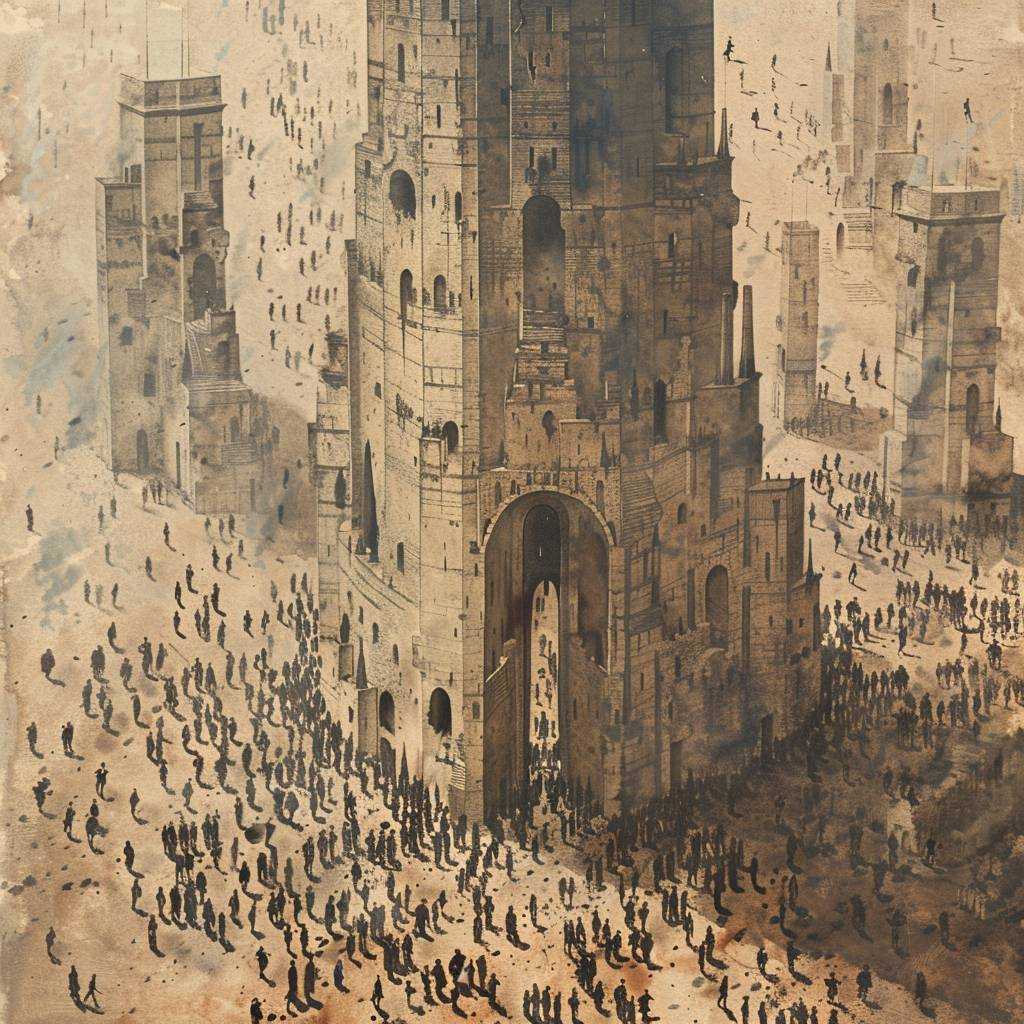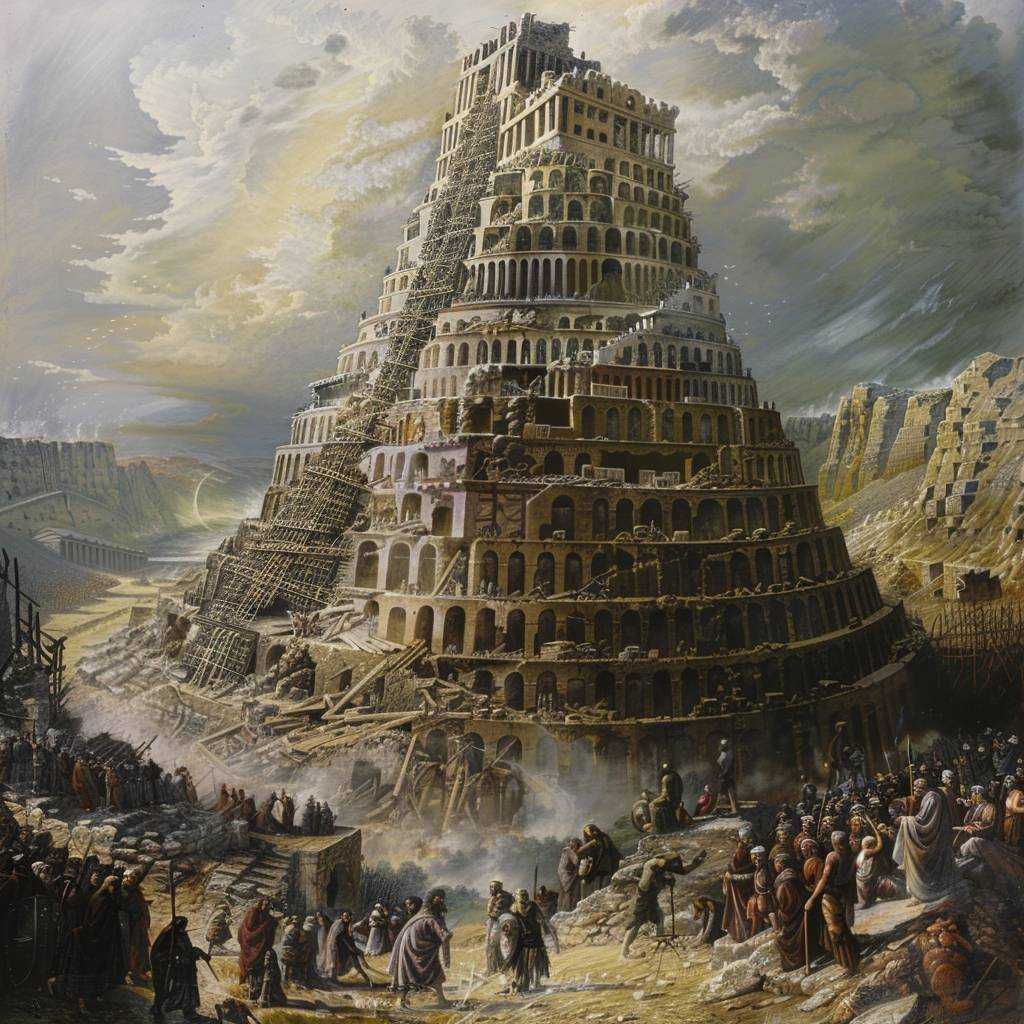The Nations Descend from Noah & The Tower of Babel (Genesis 10-11)

Today, we’re unpacking chapters 10 and 11, which cover two fascinating topics: the spread of humanity after the flood and the story of the Tower of Babel. These chapters reveal how the world was repopulated and why we speak so many different languages today. Let’s dive in!
Genesis 10: The Table of Nations
After the flood, Noah’s three sons—Shem, Ham, and Japheth—became the ancestors of all the nations of the earth. Genesis 10, often called the “Table of Nations,” gives us a detailed account of their descendants and how they spread out to repopulate the world.
- Japheth’s descendants moved toward the coastal regions and became the ancestors of many European and northern peoples.
- Ham’s descendants settled in parts of Africa and Asia, and from his line came notable groups like the Egyptians and Canaanites.
- Shem’s descendants became the ancestors of many Middle Eastern peoples, including the line that would eventually lead to Abraham.
This chapter shows us that God’s command to “be fruitful and multiply” after the flood was being fulfilled. Humanity was spreading out and forming unique nations, cultures, and languages.

Genesis 11: The Tower of Babel – Humanity’s Ambition
Now, here’s where things get really interesting. At this point, the whole world still spoke one language. Imagine that—no language barriers, no misunderstandings!
As people migrated east, they settled in a plain in Shinar (modern-day Mesopotamia). There, they came up with a bold idea: “Let’s build a city with a tower that reaches the heavens. That way, we’ll make a name for ourselves and stay united.”
The tower wasn’t just an architectural project; it was a symbol of human pride and defiance. Instead of spreading out as God had commanded, they wanted to stay together and rely on their own strength.

God’s Intervention
God saw what they were doing and understood the danger of their pride and unity. He said,
“If as one people speaking the same language they have begun this, nothing they plan will be impossible for them.”
So, God stepped in. He confused their language, causing instant chaos. Imagine trying to ask for a brick, but the person next to you suddenly doesn’t understand a word you’re saying!

With no way to communicate, construction on the tower came to a halt. The people scattered across the earth, just as God originally intended.
The city became known as Babel, which means “confusion,” because it was there that God confused the language of the whole world.

The “Table of Nations” in Genesis 10 reminds us that all humanity shares a common ancestry, tracing back to Noah and his family.
The Tower of Babel teaches us that human pride and ambition can lead us away from God’s will, but God’s plans always prevail.

- The diversity of languages and cultures is a result of God’s direct intervention to guide humanity toward His purposes.
